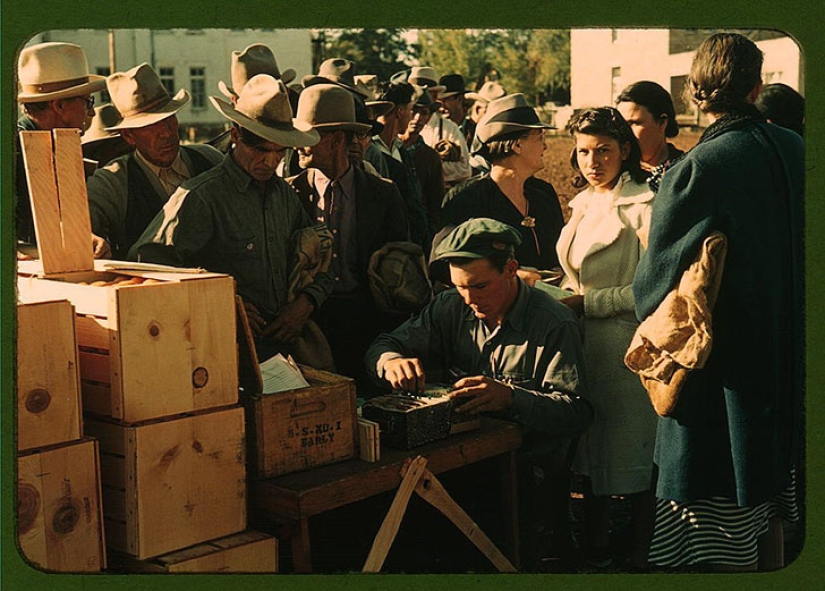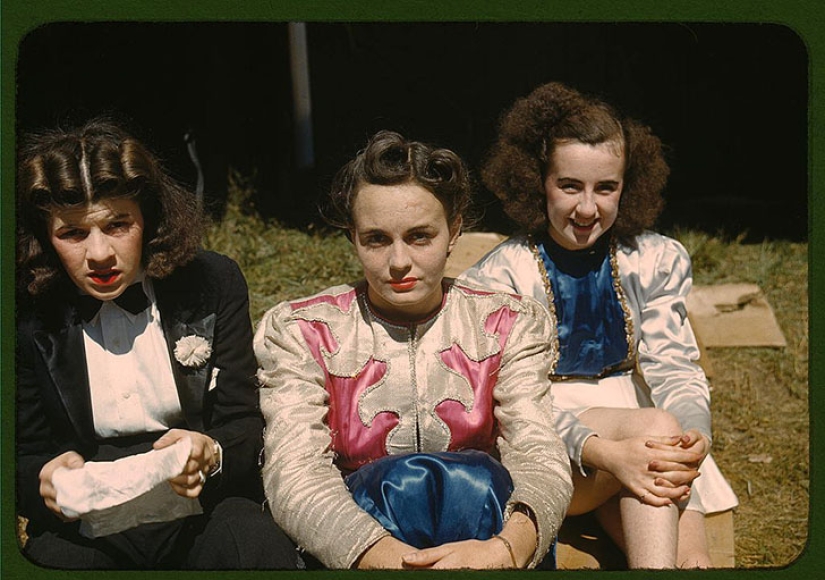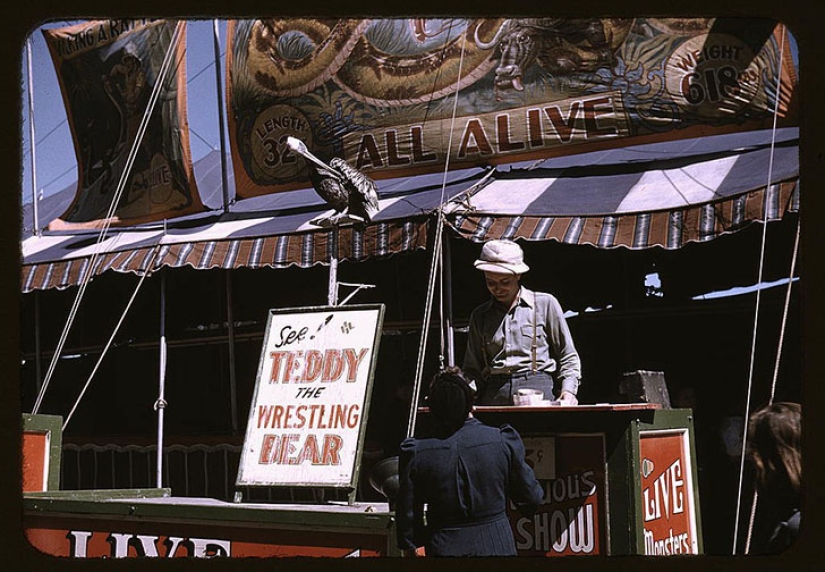How Americans experienced their most devastating crisis — the Great Depression
Categories: Economy | History | North America
By Pictolic https://pictolic.com/article/how-americans-experienced-their-most-devastating-crisis-the-great-depression.htmlThe United States entered the Great Depression, one of the most devastating economic crises in history, in the late 1920s, and throughout the 1930s, most Americans teetered on the brink of survival. It was only with the outbreak of World War II that the United States managed to get out of a protracted financial peak.
Often the pictures of America during the Great Depression are faded, black and white and invariably produce a dull impression. However, these photographs from the Library of Congress, created with the help of color transparencies by various photographers between 1939 and 1941, show the era and those who survived it in color, allowing a new look at one of the most studied periods of American history.


Trucks at the entrance of a starch factory in Caribou, Arostook County, Maine, late 1940. Almost 50 trucks lined up in the queue. Some had to wait a day to sort and weigh the imported potatoes.

Boys fishing in a backwater in Shriver, Louisiana, in the summer of 1940. Children from the Cajun ethnic group are near the school in Terrebonne, a project of the US Administration for the Protection of farmers.

Transportation of boxes of peaches from the garden to a transshipment warehouse in late 1940 in Delta County, Colorado.

Farmer-settlers Faro and Doris Codill in Pie Town, New Mexico, late 1940.

The Codill family at dinner in their dugout in Pie Town, New Mexico, late 1940.

Harvesting young corn in Jim Norris' field in Pie Town in late 1940, New Mexico.

At the Vermont State Fair in Rutland, late 1941.

Settler farmer Jim Norris in Pie Town, New Mexico, late 1940.

Distribution of surplus goods in St. Johns, Arizona, 1940.

Behind the scenes of a women's show at the Vermont State Fair in Rutland, 1941.

Tying a ribbon on a calf's tail was one of the amusements at the rodeo fair in Pie Town in 1940, New Mexico.

Day laborers pick cotton near Clarksdale, Mississippi, 1939.

A residential block and a guest worker's eatery during the off-season in early 1941 in Belle Glade, Florida.

Men read headlines on the corner of the editorial office of the Brockton Enterprise newspaper in Brockton, Massachusetts, 1940.

A cart with horses tries to pull out a car stuck in the mud near Pie Town, New Mexico, 1940.

A street barker at the Vermont State Fair in Rutland in 1941.

Delta County Fair in Colorado, late 1940.

Houses against the background of factories, around 1941-1942.
Recent articles

Winter is a special time of the year, someone is afraid of her, someone is waiting for snow days to build a snowman or go down the ...

The heroes of their photos are used to humiliate others, cheerfully and carelessly shoot everything on the phone and post the ...

Every day, photographers around the world are looking for new ways to tell stories or capture something we haven't noticed ...